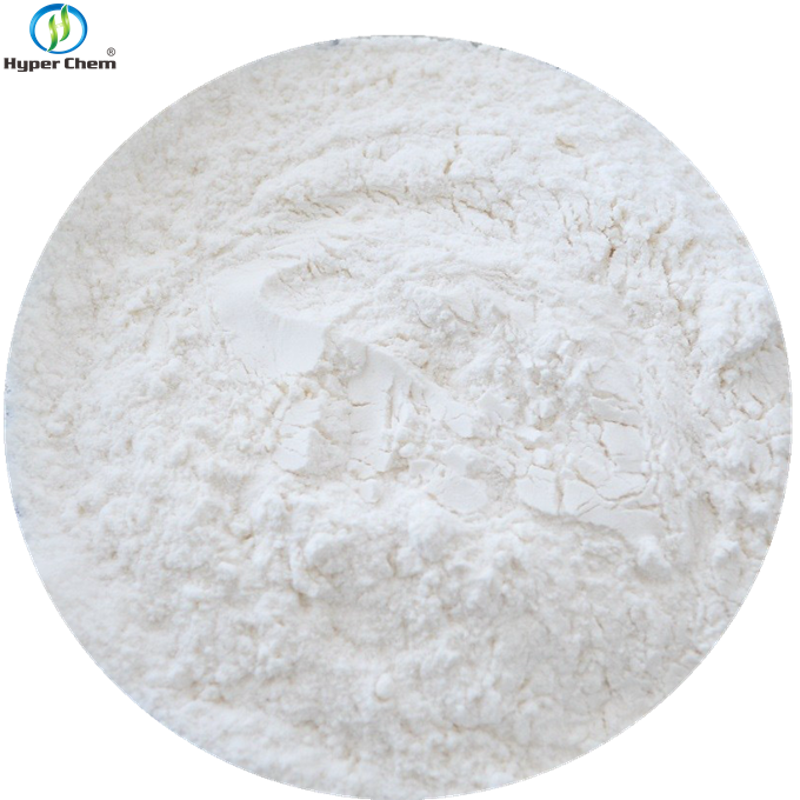-
Categories
-
Pharmaceutical Intermediates
-
Active Pharmaceutical Ingredients
-
Food Additives
- Industrial Coatings
- Agrochemicals
- Dyes and Pigments
- Surfactant
- Flavors and Fragrances
- Chemical Reagents
- Catalyst and Auxiliary
- Natural Products
- Inorganic Chemistry
-
Organic Chemistry
-
Biochemical Engineering
- Analytical Chemistry
-
Cosmetic Ingredient
- Water Treatment Chemical
-
Pharmaceutical Intermediates
Promotion
ECHEMI Mall
Wholesale
Weekly Price
Exhibition
News
-
Trade Service
iNature
Pruritus, especially persistent (or chronic pruritus) in patients with allergic skin disease and/or neurological disorders, significantly affects sleep, mood, and personal health
.
Extensive efforts have been made to develop new treatment strategies to combat itching
.
Unfortunately, despite tremendous efforts in antipruritic research over the past few decades, there is currently no FDA-approved treatment
for chronic itching.
Bombesin is a peptide containing 14 amino acids, and two mammalian B-like peptides, neuromedin B (NMB) and gastrin-releasing peptide (GRP), have been identified, as endogenous ligands of neuromedin B receptors (NMBR or BB1 receptors) and gastrin-releasing peptide receptors (GRPR or BB2
。
On November 3, 2022, Yin Wanchao of the Shanghai Institute of Materia Medica, Chinese Academy of Sciences, and Xu Huaqiang collaborated to publish an online publication in the journal Cell Research entitled "Molecular recognition of itch-associated neuropeptides by bombesin receptors.
" The study presents cryo-EM structures in which two active Gq-coupled NMBRs and GRPRs bind to NMB30 and GRP (14-27), respectively, describing detailed interactions
between endogenous ligands and Bombesin receptors.
.
There is also a Bombesin receptor, BRS3 or BB3R, which is similar in sequence and structure to NMBR and GRPR, but is not activated by NMB or GRP Both NMB and GRP are involved in a variety of physiological and pathological processes, including itching
caused by histamine or non-histamine pruritgens.
As neuropeptide receptors associated with itching in the spinal cord, both NMBR and GRPR are at the heart of pruritus transmission and play a key role in pruritus biology, therefore, they are attractive targets for anti-pruritus
interventions.
To explore the mechanism by which itch receptors recognize peptides, the researchers assembled the receptor agonist-bombesin receptor-Gq complex using BRIAL fusion, NanoBiT tethering,Gq engineering, and antibody scFv16 methods for cryo-electron microscopy (cryo-EM) studies, which have previously been successfully used to resolve several GPCRs.
G-protein complex.
The cryo-EM structures of NMBR and GRPR complexed withGq and selective peptide agonists NMB30 and GRP (14-27) were resolved
at global resolutions of 3.
15 Å and 3.
30 Å, respectively.
Cryo-EM structure of NMB30-NMBR-Gq and GRP(14-27)-GRPR-Gq complexes (Figure from Cell Research) Insight into the structure of the two peptide binding bags reveals tiny amino acid differences between the two receptors that reshape their binding patterns and allow for different peptide preferences, Most of the residues in NMBR and GRPR binding bags are highly conserved
.
NMB30 differs from GRP (14-27) on the three residues of C-terminal decapeptide, while L3N and F9N mutations in NMB30 to GRP (14-27) with intermediate potency H3G and L9G are thought to increase potency and specificity
.
Considering the reported 640-fold higher affinity for NMBR binding to NMB30 than GRP (14-27), while GRPR binding to GRP (14-27) is 650 times higher than NMB30, according to measurements between the conserved F195ECL2 in NMBR and the Cα atoms of F193ECL2 in GRPR, the main difference was found in the ECL2 region, which has a deflection rate of 2.
1 Å
。 The oscillation of the F193ECL2 side chain in GRPR is far away from the peptide GRP (14-27), creating enough space
for the large side chain of H3G.
These data reveal the determinants of
Bombesin receptor selectivity between NMB30 and GRP.
Moreover, the basis of
Bombesin receptor activation was revealed by structural comparison between NMBR and GRPR complexes and their closely related cholecystokinin A receptor (CCKAR) in the active state (PDB 7EZM) and inactive state (PDB 7F8U).
Both NMBR and GRPR employ a fully active conformation similar to active CCKAR
.
Bombesin receptors can be activated by amidated and non-amidated forms of Bombesin peptides containing the C-terminus with varying
activation intensities.
These results reveal the activation pathway of the Bombesin receptor, enriching the unique receptor, ligand, and effector-specific activation pathway
in the GPCR field.
Overall, with a better understanding of Bombesin receptor ligand binding and selectivity, there may be new opportunities
to design powerful and effective Bombesin receptor modulators for the treatment of itching and other diseases.
Original link: style="margin-right: auto;margin-left: auto;outline: 0px;width: 30px;display: inline-block;">
—END—
The content is 【iNature】







